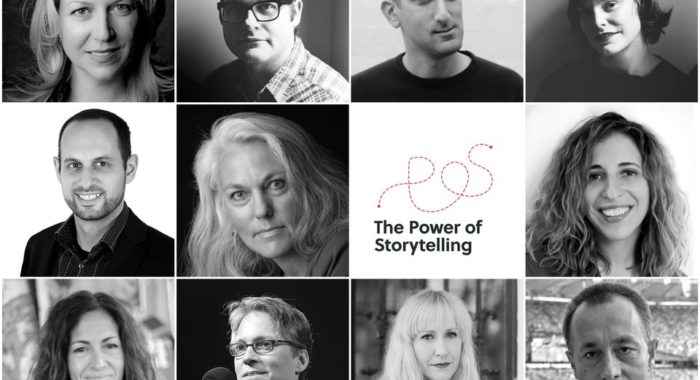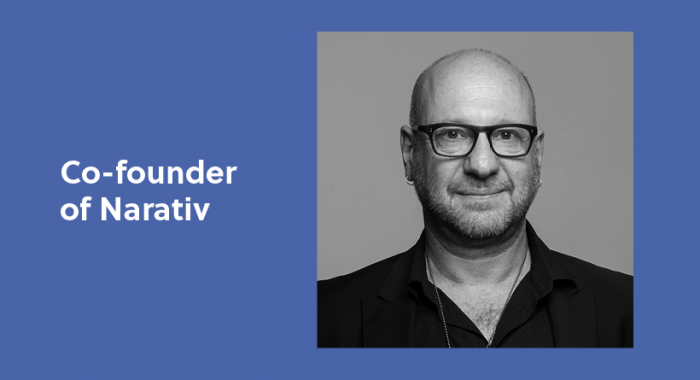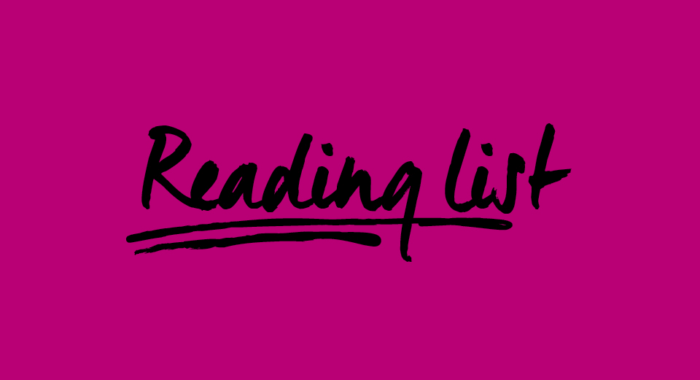#Story18 speaker Murray Nossel is a teacher, performer, a trained clinical psychologist, an author, and an Oscar-nominated documentary filmmaker, as well as the co-founder and director of Narativ, a company focused on helping businesses and organizations tell better stories and transform internal and external communication.
Here are the six basic principles of the Narativ Storytelling Method, a method that Murray developed starting from the idea that, in order to tell stories successfully, we need to understand why stories connect.
#Story18 speaker @murraynossel lives by the rule that everybody has and can tell their story and that learning how to listen is key to good storytelling. Read more about his complex background and unique storytelling approach: https://t.co/mjfSturzct
— The Power of Story (@pofstorytelling) September 10, 2018
These principles and the laying ground for his book, Powered by Storytelling: Excavate, Craft and Present Stories to Transform Business Communication, which will be translated in Romanian by Editura Publica.
- Humans are hardwired for story. “Indeed, story is the brain’s way of helping us make sense out of our lives, of creating coherence out of randomness and chaos. (…) It is our way of connecting with our own past (through memory), allowing us to make sense of what has happened to us, and planning for a future in which we envision certain outcomes taking place.”
- Everyone has a story. ”Whether you think your story is not important or urgent enough, or whether you think that other people in your company are the storytellers, I can tell you without hesitation that something has happened in your life that would make a great story. (…) To get started, we recommend you locate a personal story. A story that explains how you came to be where you are right now can be especially potent. We call this your «origin story».”
- Everyone can learn to tell his or her story better. ”Interpretations, opinions, judgments, abstractions, concepts, and your thoughts and feelings about what happened are not story material. It’s what your senses take in that is proven and effective content. If you answer the question «What happened?» according to these instructions, your story will unfold in a way that keeps listeners involved from start to finish.”
- Everyone’s story will evolve. Your story “will evolve in the different listening environments where you present, allowing you to tailor your message as you speak, see how audiences react, and continue to develop nuance in the way you express your story.”
- Storytelling is every person’s access to creativity. “Storytelling is the most democratic form of creativity because every human being has access to it. Your story is your birthright. In learning how to tell your story artfully by paying close attention to specific details, you are always creating something fresh and new.”
- There is a reciprocal relationship between listening and telling. “We cannot tell a story if we don’t feel that there is someone listening to us and paying attention. By the same token, we can’t really listen to a story when the storyteller is not aware of his or her audience and is instead caught up in his or her own speech bubble. (…) Ideal listening is based on nonjudgment. Nonjudgment in the Narativ method is considered a skill and a technique in and of itself, not an optional attitude toward our thoughts and feelings or those of others. That is because in terms of the purity of communication, judgment always muddies the waters.”
Murray Nossel is speaking at the 8th edition of The Power of Storytelling. Register here to meet him and the other amazing speakers who will tackle this year’s theme: Rewrite.



